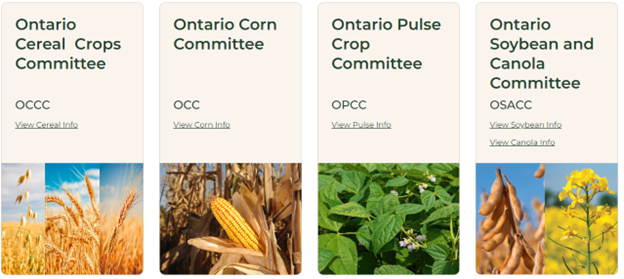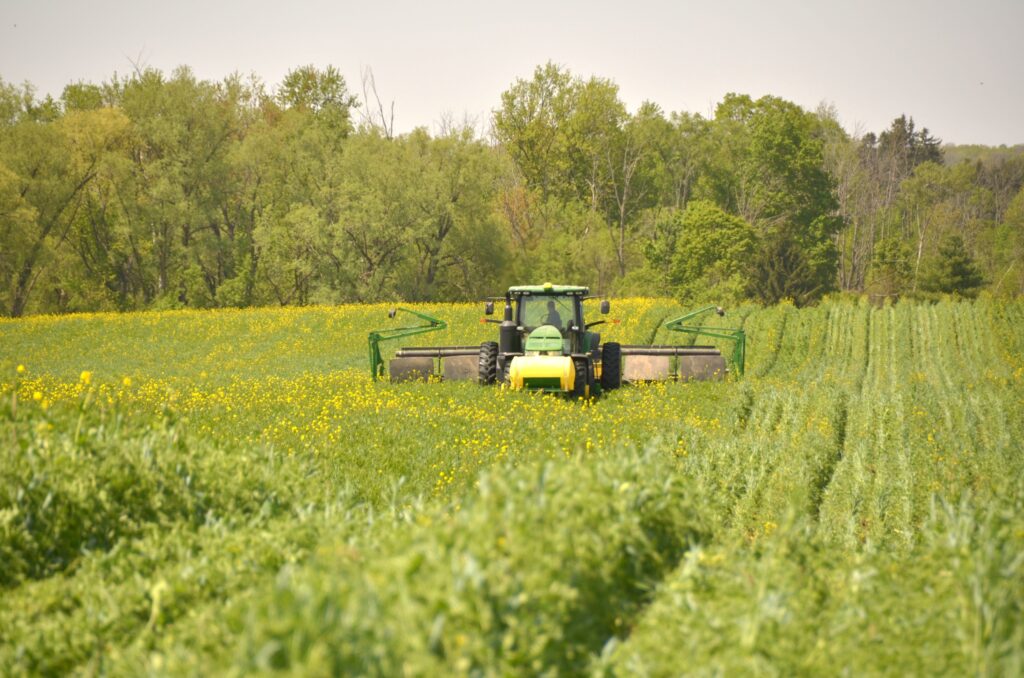Anticipated Soil Nitrogen Supply for 2024’s Corn Crop

Summary: Background: Throughout the growing season, microbes within the soil break down organic nitrogen contained in soil organic matter and crop residues and release it as plant-available ammonium. This process is known as nitrogen mineralization. Nitrogen mineralization is favoured by warm soil temperatures with adequate soil moisture and aeration. Excess moisture can slow mineralization or […]







